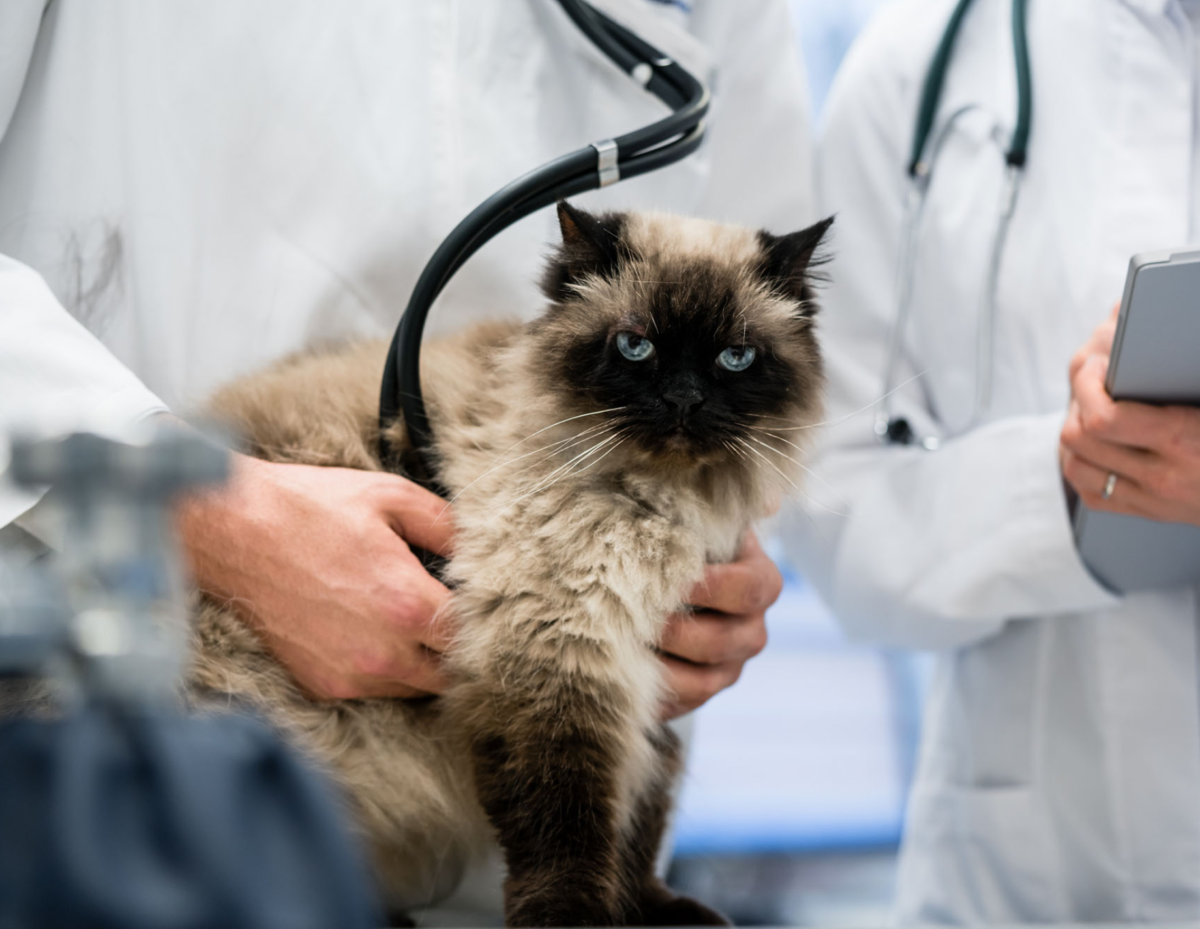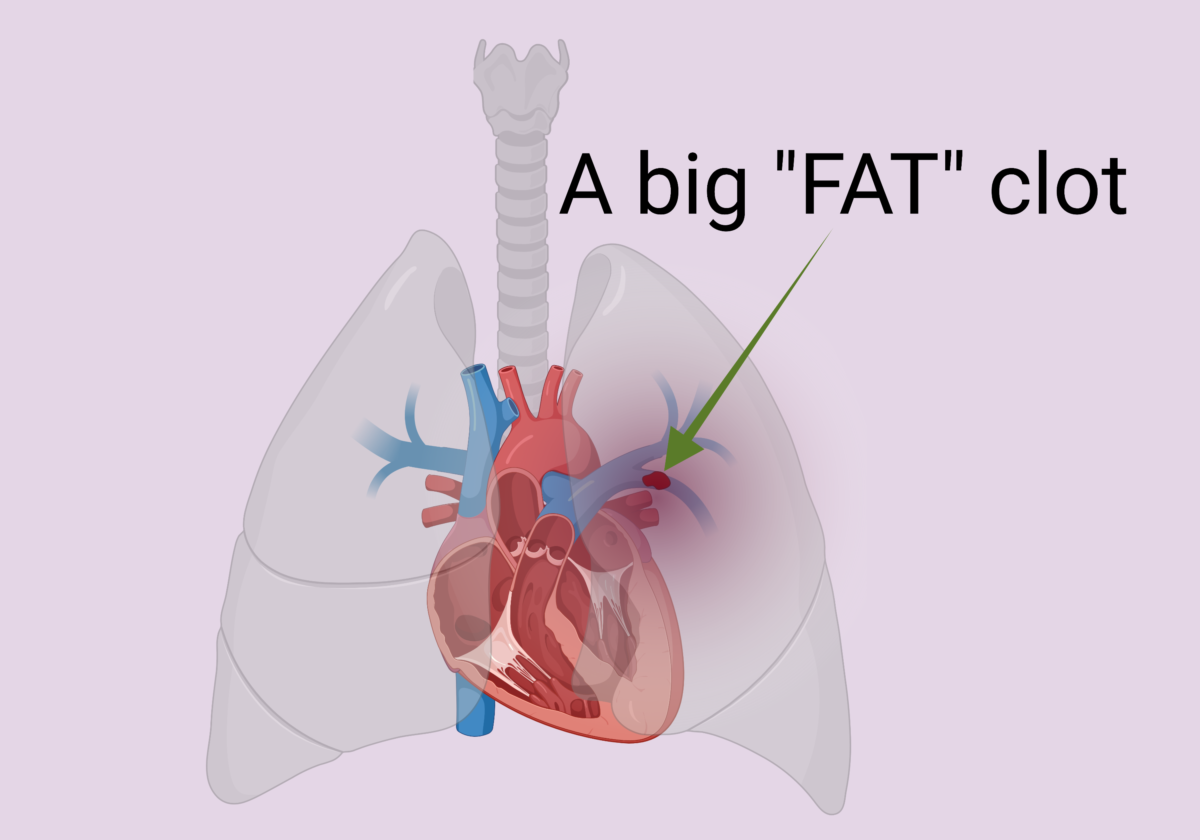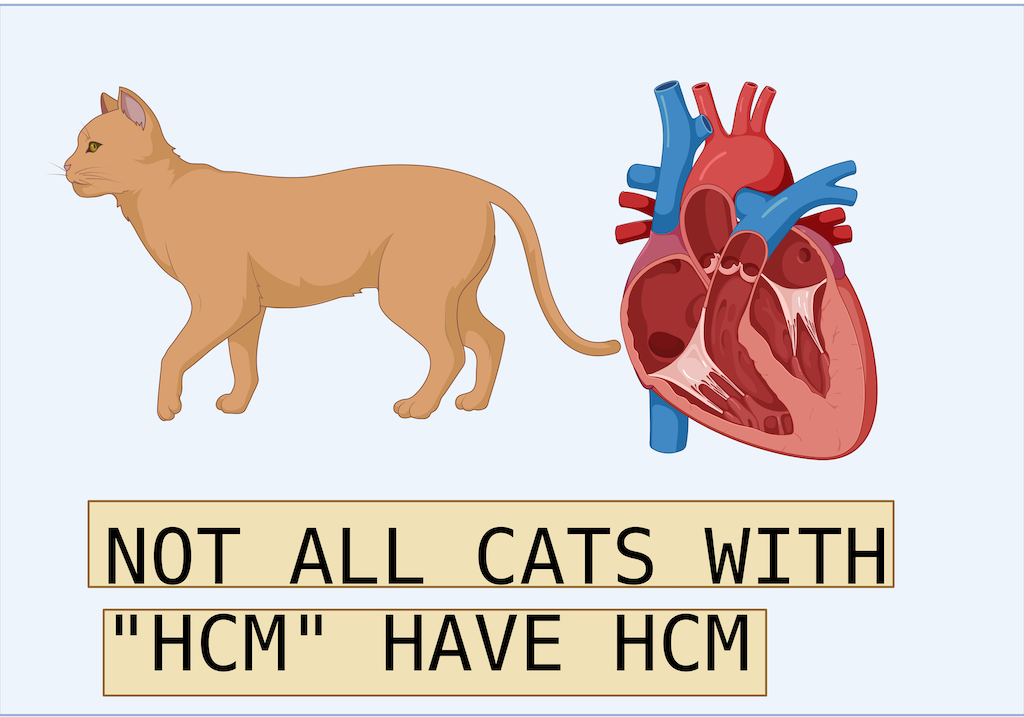Stress-free examination of a dyspneic patient is key. A lot of information can be gathered just from observing a dyspneic animal. Assessment of the movement of the chest and abdominal wall relative to one another alongside breathing rate and effort can help refine your differentials and streamline your emergency diagnostics and emergency management.
Continue reading “Breathing Patterns: All Eyes On That Chest”Tag: Pulmonary
Pulmonary thromboembolism in dogs and cats: to lyse or not to lyse?
An 8-year-old neutered male dachshund was presented to the emergency department for evaluation of respiratory distress. The dog was previously diagnosed with a heartworm disease and was currently undergoing treatment with a “slow kill” method. Physical examination revealed tachycardia at 160/min, right-sided pulmonary crackles, and tachypnea with increased respiratory effort. The point-of-care blood work showed hyperlactatemia at 4.5 mmol/L, PCV/TS of 53%/7.8 g/dl, mild metabolic acidosis, normal electrolytes and renal values. The arterial blood pressure (Doppler) was at 130 mm Hg.
As the dog was getting flow-by oxygen, an abbreviated thoracic point-of-care ultrasound (T-POCUS) was performed (see below).
Continue reading “Pulmonary thromboembolism in dogs and cats: to lyse or not to lyse? “Do All Cats with “HCM” have HCM?
A 7-month-old female spayed domestic shorthair was presented to an emergency service (ER) for increased respiratory rate and effort. The cat got spayed at her primary veterinarian 6 days prior to this episode, and had been doing well otherwise up until the evening of presentation. The owner reported no previous medical conditions.
The initial triage examination showed tachypnea and moderately increased respiratory effort with increased bronchovesicular sounds in dorsal lung fields. No heart murmur or other abnormal physical examination findings were noted at that time. An emergency clinician performed thoracic radiographs (Figure 1 and 2) and point-of-care blood work that was within normal limits.
Continue reading “Do All Cats with “HCM” have HCM?”PH-Induced Coagulopathy?
A 12-year-old female spayed Chihuahua was presented to the emergency service for evaluation of respiratory distress that had started acutely several hours prior to presentation. The dog began coughing at 10 am the morning of presentation, and was unobserved during the day while the owner was at work. At 6 pm the cough was worse, and the dog became dyspneic. The patient has had a chronic cough for a couple years but typically only has one coughing episode per day. The cough was a hacking cough that lasted about 10-15 seconds, and the dog has never been dyspneic before.
Continue reading “PH-Induced Coagulopathy?”



